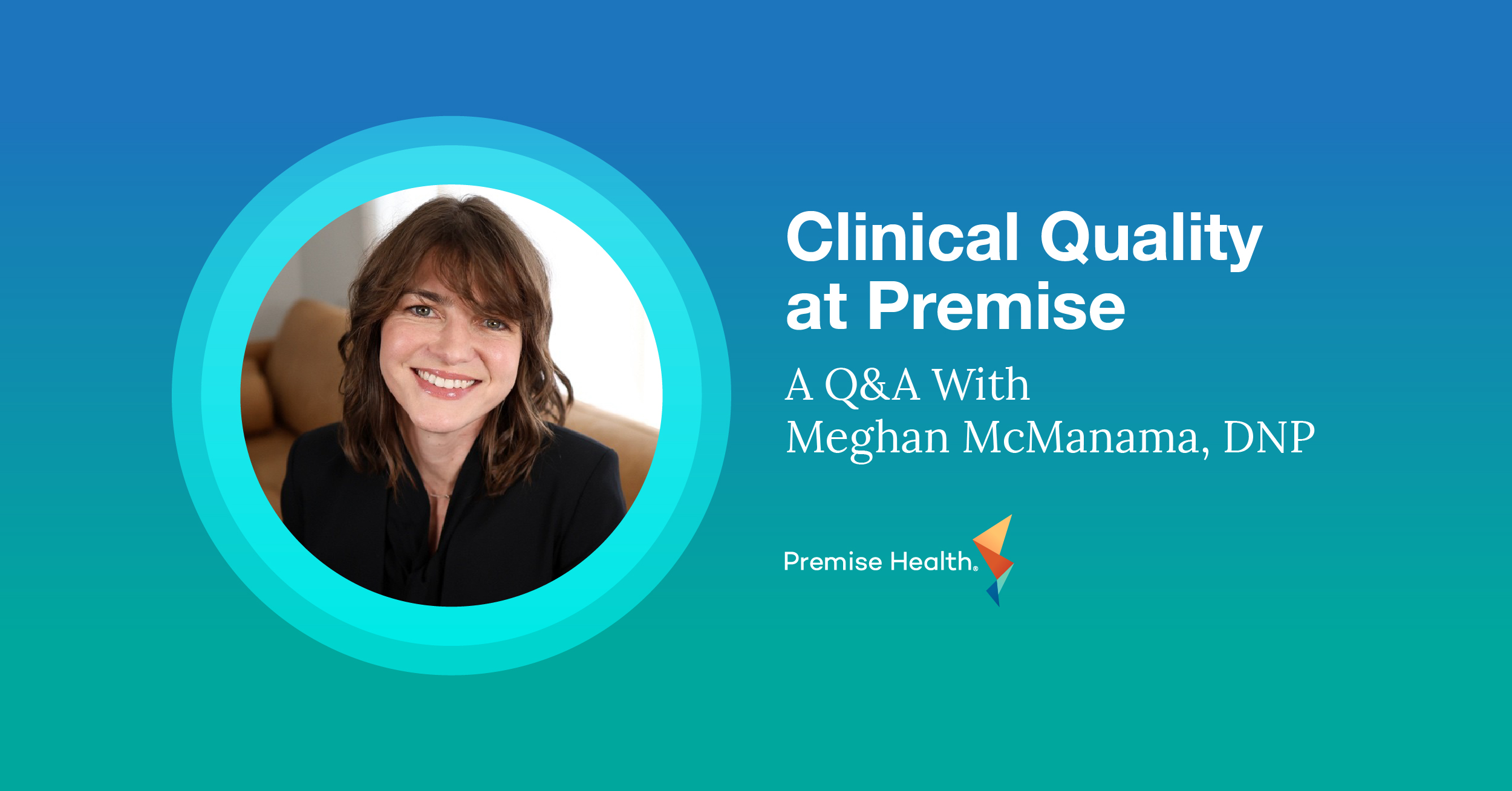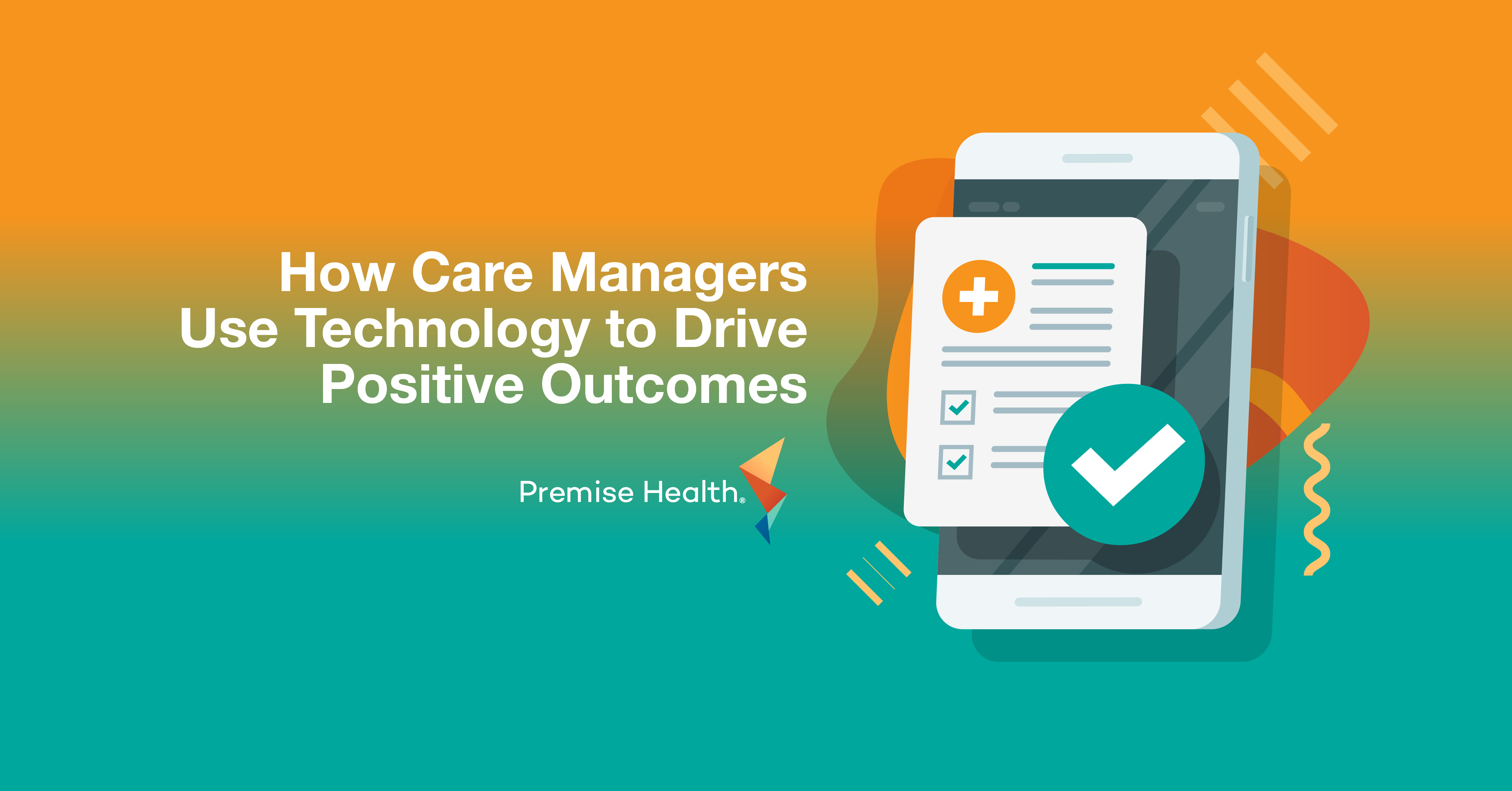Why you need a biometric screening: Misperceptions and common questions
An Interview with Katie White
Biometric screenings are becoming increasingly popular in the workplace, but many team members may not know exactly what they entail and why their employer is asking them to complete one. We spent some time with Katie White, VP of Operations at Premise Health, to learn more about why biometric screenings are important and answer some of the most common questions she hears from both team members and clients.
Can you introduce yourself?
My name is Katie White and I’m the VP of Operations at Premise Health. My responsibilities include oversight of our eHealthScreenings business based in San Antonio, Texas. eHealthScreenings is a national health screening company that’s been in business for 10 years. For the last two years, we’ve been part of Premise Health. We’ve conducted over a million screenings over the years and we help support employers in their wellness programs with various health testing.
What do eHealthScreenings biometric tests include?
Primarily our testing will include BMI, height, weight, blood glucose, and a full lipid panel, although comprehensive panel options are also available.
What are the most frequently asked questions that you get from clients about biometric screenings?
Some of the most frequently asked questions we get from our employers are really, “What are the pros and cons of venipuncture vs. a finger stick?” Venipuncture is a needle into the arm, which allows us to do a more comprehensive scope of test. Those results take about two to three days to get in. When we do a finger stick test, we do get real time results with a much smaller sample of blood. That allows us to do a results review right at the point of screening at the event.
Another common question we get from many of our employers that we serve is “What are the modalities of screenings that we can offer?” We really have four core modalities. We can do screenings in an onsite event, which typically happens at a worksite or at an offsite location that we agree upon. Offsite works really well for municipalities, school districts, or retail locations, where they may not have all of their population in one location. We also offer offsite labs. We work with LabCorp and Walgreens for over 1,800 lab options that our populations can go to throughout the country and get their labs performed. The third option is to go to your primary care provider. This provides a lot of comfort for our individuals who like to work with their physician. They can get those results back in real time with their provider and we can take those in with a secure form, with the results signed off from their personal provider. And the fourth and final option is home testing. We do offer the ability for an individual to stick their own finger at home and send that blood sample back in, and we will process that securely with LabCorp.
The final common question is about screening lead time. Lead time as a standard is six weeks, although we can accommodate screening events in a more condensed widow based on geography and the availability of our wellness technician team.
What are some of the most frequently asked questions that you get from members?
Some of the most frequently asked questions from our members is if it hurts. We offer them the ability to talk to their technician, talk about their fear level, and if they’re anxious coming into the screening, but really, it’s a small sample of blood and a very quick process. The venipuncture comes from our certified phlebotomist and the finger stick is from a certified finger stick technician. We really make sure that it’s a fast, quick, and easy process for each member.
Often times our members also have questions about the experience they’re having at screenings. They wonder if it’s a replacement for an annual physical or if it’s a diagnostic test. The answer to both of those is no. We really want to ensure they treat it as a screening and part of their health and wellness experience, but it really is not a diagnostic test because we have varying requirements for what fasting can be. A diagnosis only comes from your provider. What we like to do is think about this screening event as an opportunity for early detection or maybe raise awareness for an issue that might be coming up. Following up with your personal provider is really the best method and people should always have their annual physical and not use a screening as a replacement.
What are some misperceptions about biometric screenings?
One of the common misconceptions our employers have is the idea that if you build it, they will come. They think they can schedule the event, and they’re going to have fantastic participation without doing anything else, and we have found that’s really not the case. The employer has an important role in designing incentives, building communication, and helping us monitor the progress. Incentives are an important part in what we do in our process because we need to know what matters to that population. It could be an extra day of PTO, premium reductions, a financial incentive, or something they cannot buy, such as company dollars to their store. We also find that communications are important. We have to tell people the who, how, why, and when they’re participating in these screenings. We want them to use their methods that work for them, whether it’s email, a company newsletter, or something from their executive team that emphasizes the importance of the event. You can also use wellness champions, who are a great way to communicate what’s going on with your program. Finally, monitoring is also important. Each week, your health screening manager is going to meet with the employer, review your project plan, talk through each step and event, make sure the supplies are there, ensure staffing is showing up, and that your event is meeting the needs of your population. If not, we tweak and continue to monitor progress.
Another misconception that oftentimes comes from our employer groups is that a screening event is really only clinical in value. We’ve found there is great value in a clinical perspective for the screenings that we offer, but truly there’s a marketing component as well. This is an opportunity to engage your population, get them involved with your health and wellness program, and really drive them to other programs or offerings that might be important and relevant for them. In addition, when there’s an onsite or nearsite wellness center involved with your population, it’s a fantastic tool to drive folks into that wellness center for follow up, and meeting with those providers for any results they may have concerns about.
What is something you want people to know about biometric screenings?
One of the things I want employers or those considering biometric screenings to understand about eHealthScreenings is we are one of the largest providers of screenings in the country. In 2018, we performed over 500,000 screenings. That means we have a great depth and breadth of screening technicians, and we offer national programming, so we are going to be able to meet the needs of your population whether you’re screening 20 people or 20,000. Another piece that makes us unique about working with Premise as a healthcare organization is we’re able to integrate with other Premise systems, specifically with Epic. Within a day or two of your screening, those results are fed into Epic, which allows your provider to have access to your results. In addition, the onsite health center team can do additional outreach for individuals, whether they are onsite or remote to your health center.
What is your background in this field?
My experience in working in the health and wellness space has really been pretty varied. For the last 14 years, I’ve been part of Premise Health and had the privilege for the last two years to really lead our eHealthScreenings division of the company. Previously, I spent many of my years working in health and wellness in leadership and operations capacities, doing everything from coaching to our population health management programs. I also oversaw our biometrics as part of a reselling relationship. Now with the opportunity to lead screenings, we are client facing and we have a whole different level of control and opportunity to serve our populations, which has really been exciting.
What have you learned from your time working with this product at Premise?
Something I’ve learned about working with eHealthScreenings in our biometric space is all the individuals that we have onsite in San Antonio and engaged here at Premise have really brought eHealthScreenings into the fold. It’s not a company that is just on the side or part of what we do, it has become part of our core. Our core offering, whether it’s primary care, occupational health, pharmacy, or fitness, biometric screenings is part of that core. That’s really an important component when you look at the greater breadth and ability. We are able to scale our business and get support from our medical team, IT/security, and HR functions. We get all of those core benefits of being part of a larger company while still being able to do our best every day.
Learn more on how to help your members better understand their own health here.
Next on industry insights.

Provider Dispensing and its Role in a Better Care Experience
Read the Blog
Clinical Quality at Premise: A Q&A With Meghan McManama, DNP
Read the Blog